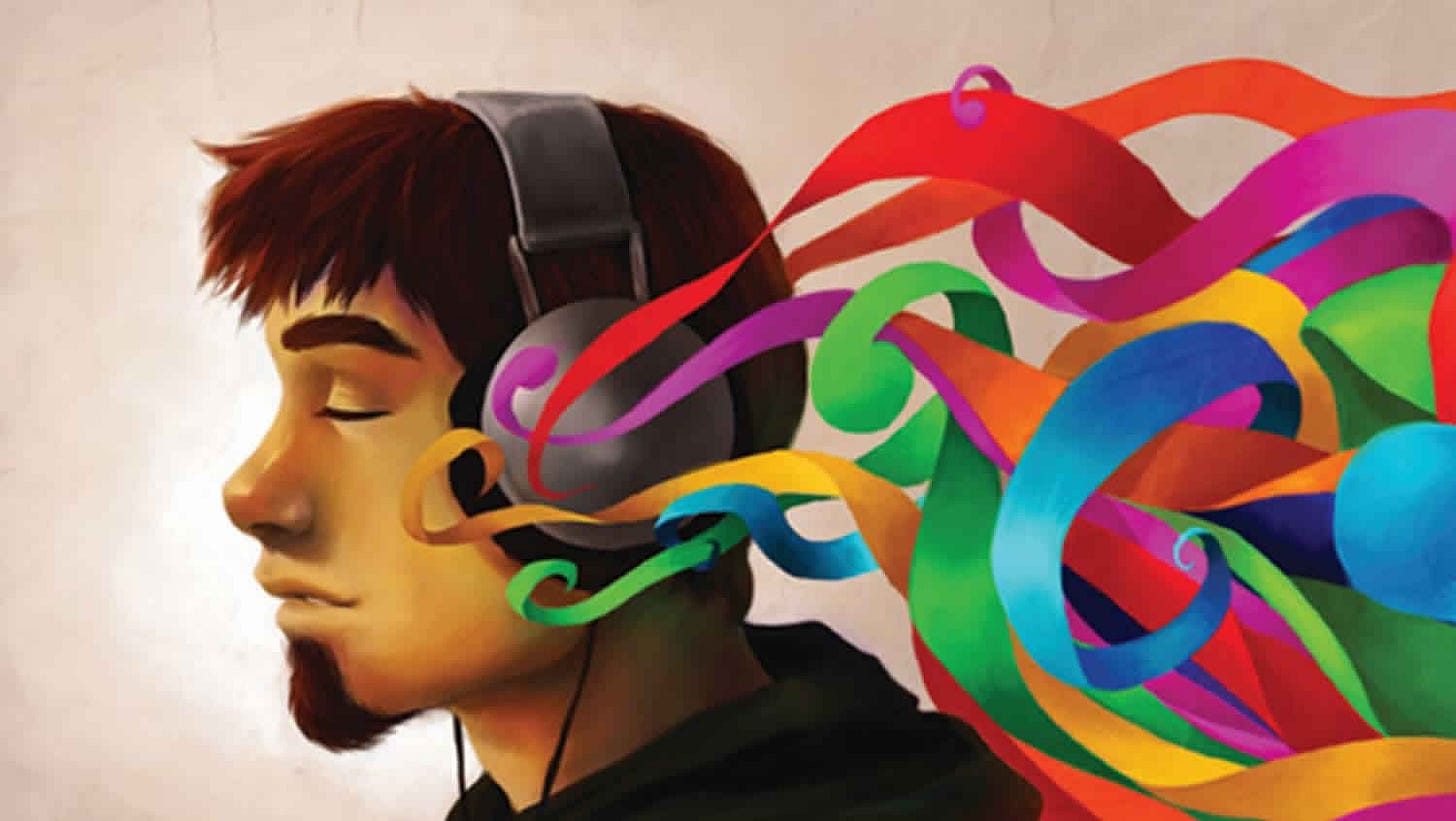A Kaleidoscope of Sensory Synthesis
It’s been a while since I wrote something(almost 3 months). I wrote about running last and who knew I’d stop running my hand on writing :P
But it’s been quite eventful, in the month of April I got tried to understand how longevity works and how we can live a healthier, more prosperous life. I have been closely following the works of Peter Atia and David Sinclair and it’s incredible to understand so many things we can do just by doing things in our day-to-day. Wrote a short tweet thread here.
My coffee art has been coming out well. I have been having more and more people taste the coffee, and seeing so many positive responses is great. I think barista is somewhere there in the future(should start crowdfunding:P). In May I went to an Aeropress competition and surprisingly won :)
Synesthesia
Onto the topic for today, Synesthesia. I was listening to a podcast by David Eagleman and had to listen to it on a loop for the first 20mins, actually to believe that our body can do this.
Synesthesia is a neurological condition in which stimulation of one sensory or cognitive pathway leads to involuntary experiences in a second pathway. For example, a person with synesthesia may see colours or patterns when they hear music, associate specific tastes with certain words or numbers, perceive letters and numbers as having particular colours, or experience physical sensations in response to certain smells or sounds. These sensory associations are unique to each individual with synesthesia.
The famous physicist, Richard Feynman said, “When I see equations, I see the letters in colours. I don't know why. I see vague pictures of Bessel functions with light-tan j's, slightly violet-bluish n's, and dark brown x's flying around."
The umwelt
The fact is that whatever any of the animal species observe and sense, is their entire world(which is called umwelt). But what if you could experience other things that different species experience? That is not far from reality. To analyse information our brain gets all the data from different receptors but it doesn't care about from where. It’s able to figure out what to do with the information coming in.
The insane part is that this can be used to give experiences to people with different issues/disabilities by making them understand through different receptors that are active. A deaf person can be made to feel and understand just by feeling vibrations on their skin. After successive experiments, research shows that the brain slowly starts understanding the vibrations and then helps us unpack and figure out the information that is coming in.
What’s ahead
Is it possible for a blind person to perceive visual information through their tongue because the visual cortex remains present and capable of processing?
The extent of the brain's capacity to process different types of information is still not fully understood. However, what we do know is that the brain exhibits remarkable flexibility(neuroplasticity). When an individual loses their vision, the area of the brain previously dedicated to vision, known as the visual cortex, can be repurposed for other sensory functions such as touch, hearing, and language. This suggests that the cortex is not limited to a single function.
We no longer have to rely solely on the predetermined sensory abilities provided by nature. Instead, like a nurturing parent, nature has equipped us with the tools necessary to shape our own experiences and perceptions. Therefore, the question that arises is:
How would you like to explore and comprehend the world around you?
Reading resources:


